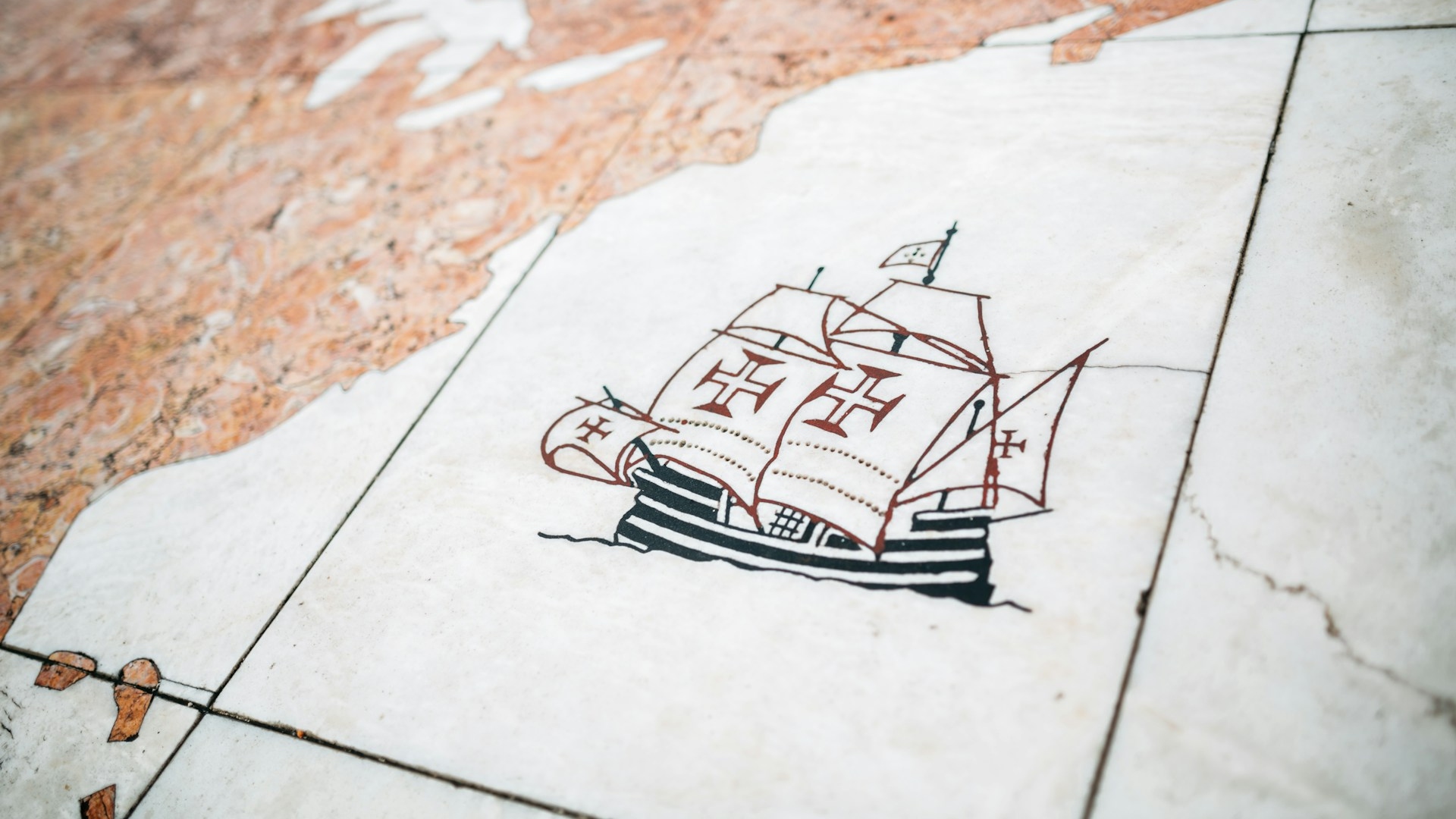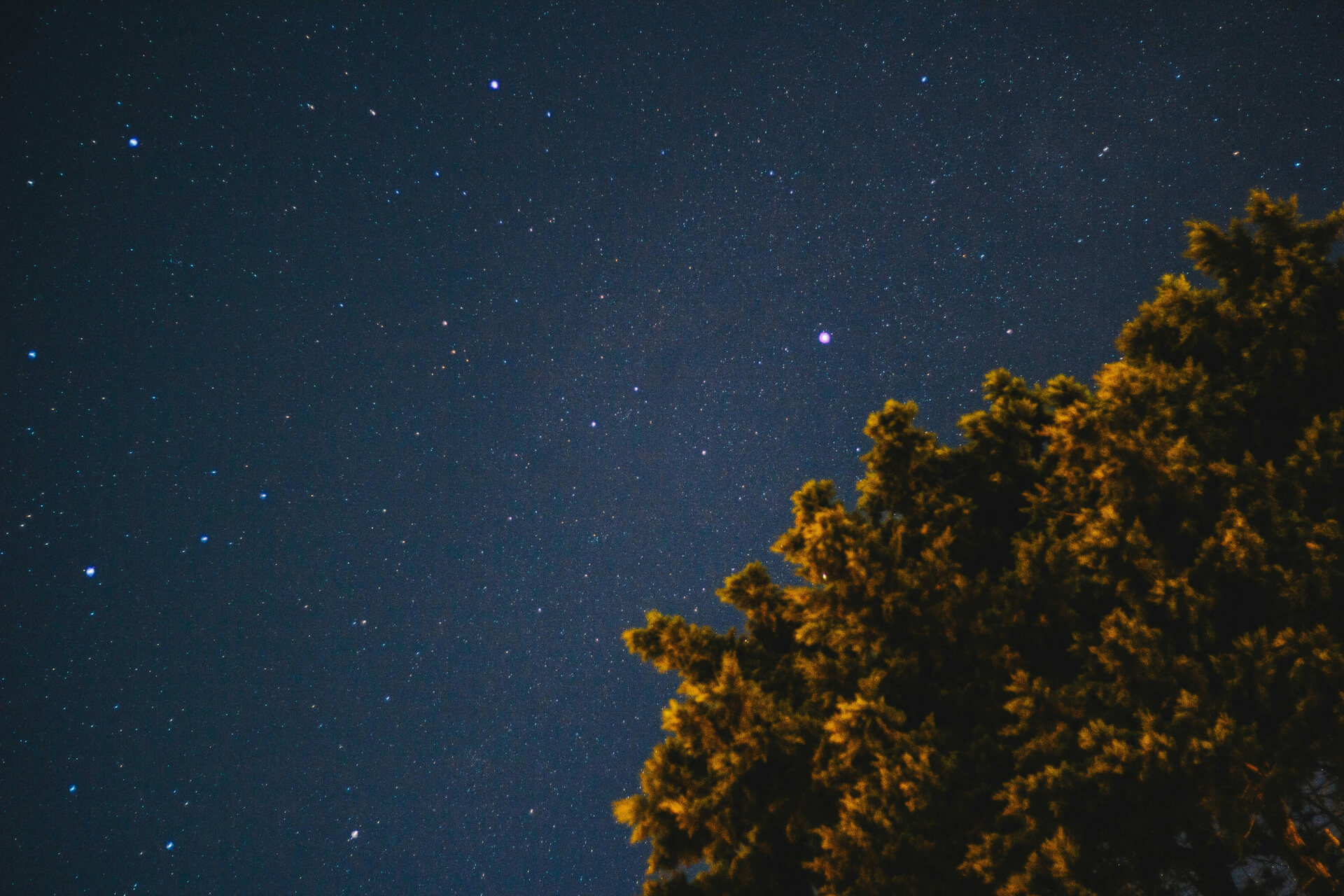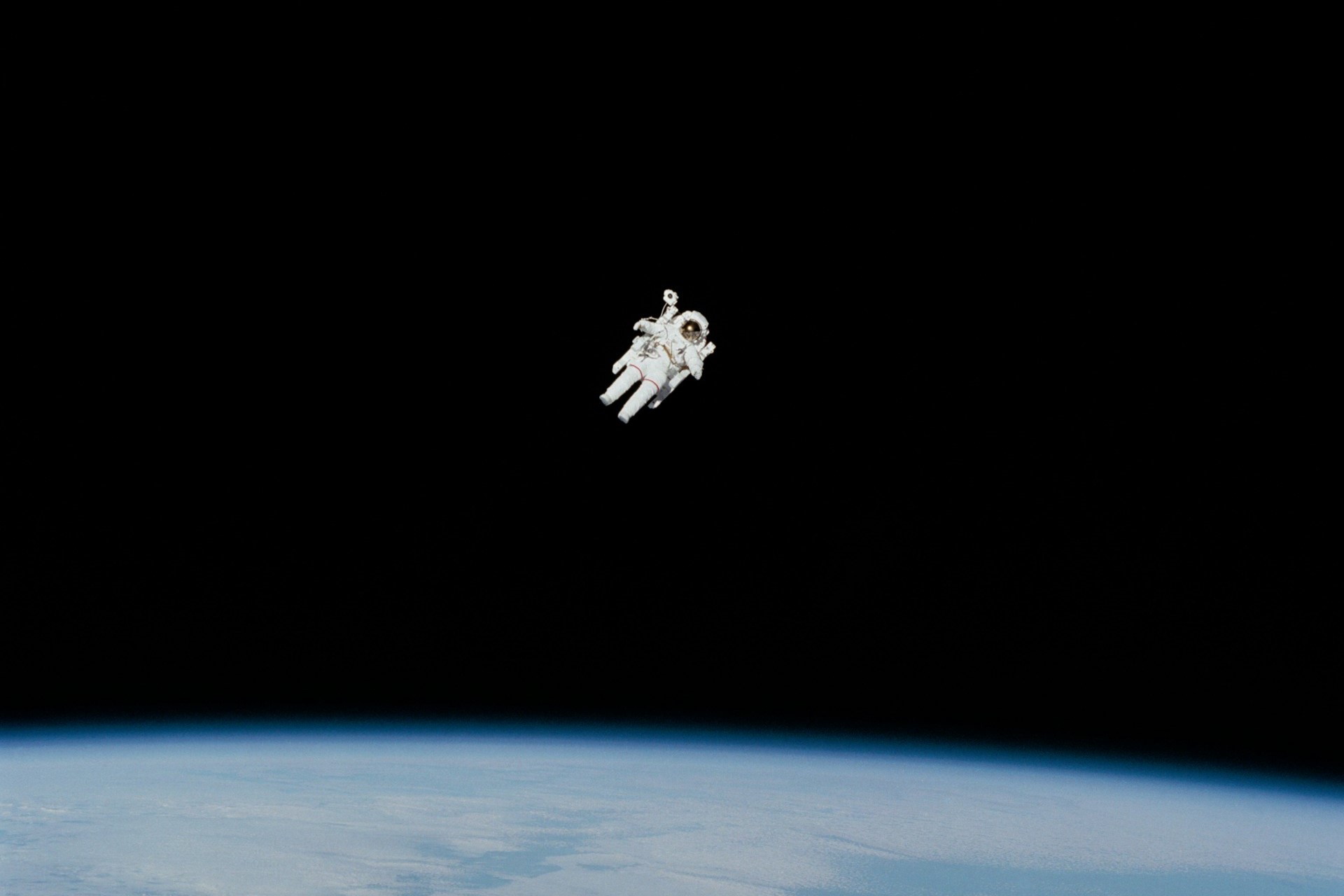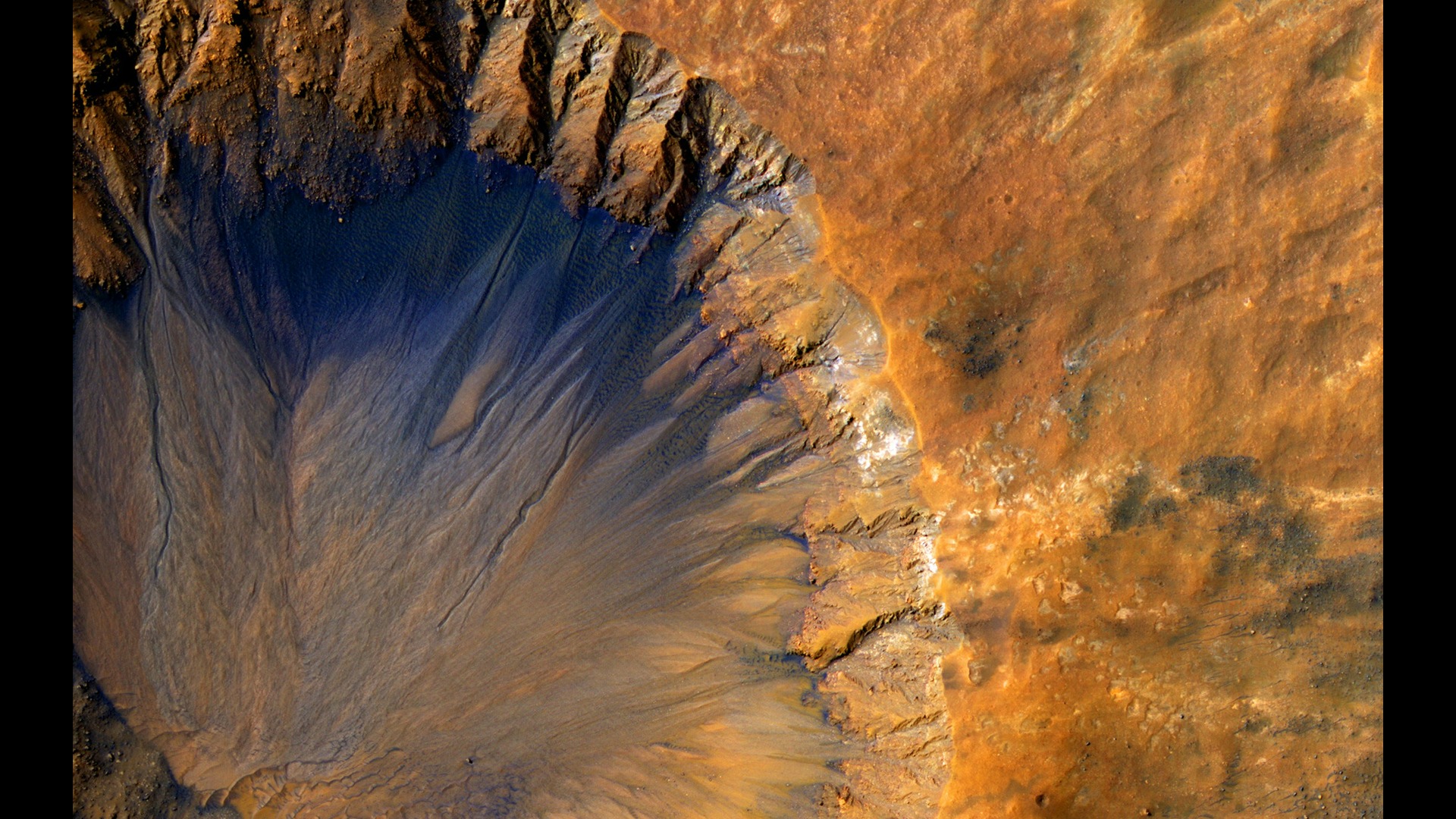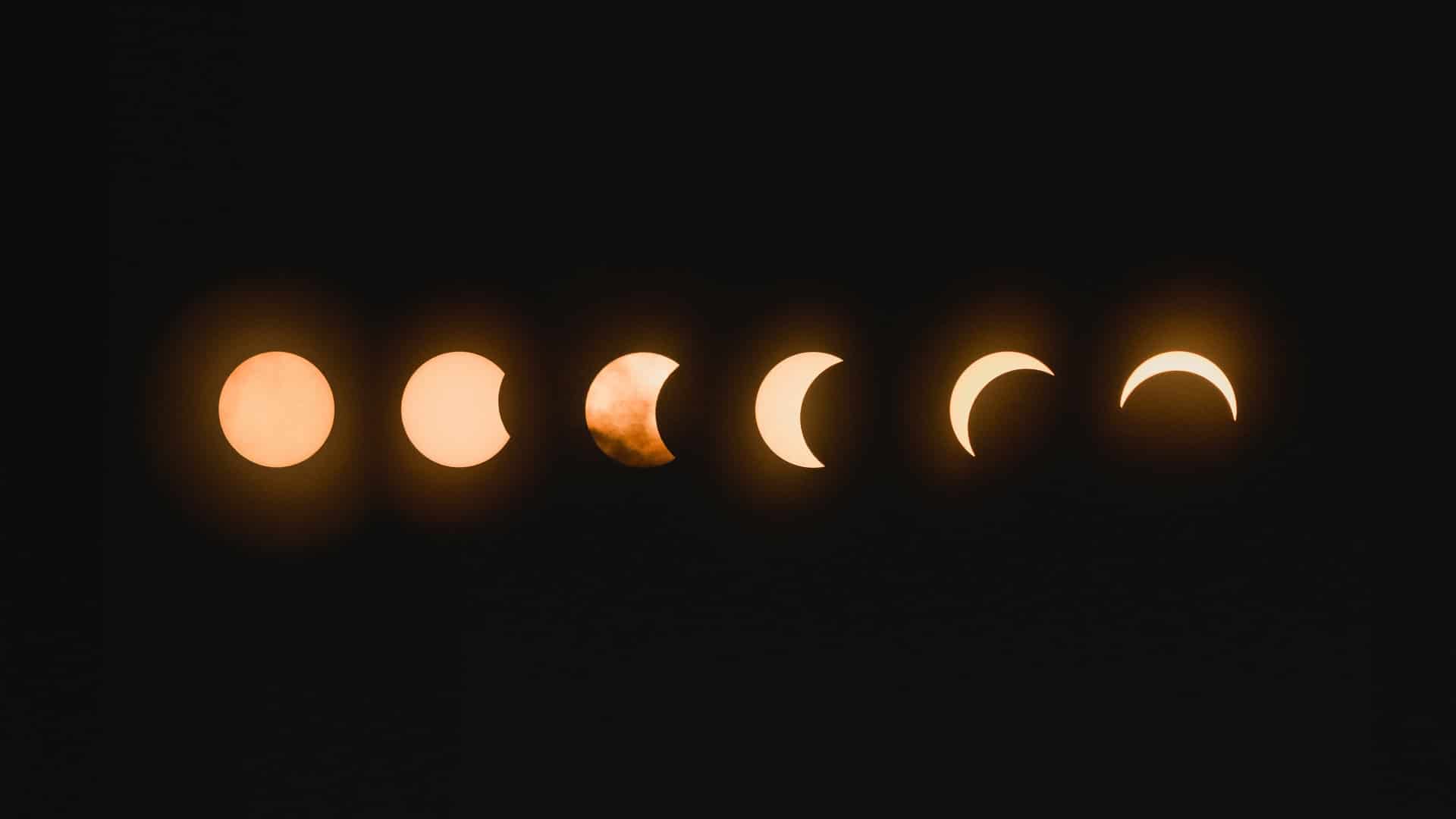
The Coolest Planetary Moons in Our Solar System
October 5, 2022 - Emily Newton
Revolutionized is reader-supported. When you buy through links on our site, we may earn an affiliate commission. Learn more here.
Frozen ocean worlds, methane rain, and seas of lava – these are some of the incredible features of our solar system’s planetary moons. From Earth to Neptune, our solar system’s planets have over 200 moons total. Many of them are small asteroids or desolate wastelands, but a few are much more exciting and may even harbor alien life. These are the six coolest planetary moons in our solar system.
1. Europa
Arguably the most famous planetary moon beyond Earth’s own moon is Europa. One of the four Galilean moons of Jupiter, Europa is known for the liquid water ocean scientists suspect is hiding beneath its icy shell. Europa is about 10% smaller than Earth’s moon. Instead of a desolate rocky surface, though, Europa is covered by a thick shell of ice. Ridges and cracks can be seen all over this icy shell, although scientists are still working to determine what the cause of these ridges is.
What’s truly remarkable about Europa is the massive liquid water ocean that could be beneath its icy shell. There are a number of reasons why scientists believe there is water on Europa, such as the lack of craters on the surface and the way that Europa gravitationally interacts with Jupiter. The possibility of subsurface vents from Europa’s crust means that there could also be sources of heat and nutrients in Europa’s hypothetical ocean.
This means that Europa could very well be home to alien life. It is impossible to know for certain without in-depth missions to explore Europa. However, scientists believe there is a very strong possibility for at least some form of microbial life on Europa. The next planned mission to Europa is NASA’s Europa Clipper probe, which is scheduled to launch in 2024 and reach Europa in 2030. This will be the first dedicated mission to Europa, with the search for life as a top priority.
2. Titan
While a bit less famous than Europa, Titan is another planetary moon that has become a staple in science fiction. Titan is the second largest moon in the solar system, right behind Jupiter’s moon Ganymede. It orbits Saturn in the outer solar system.
Titan is a strange and remarkable planet, often referred to as a “twisted” or “alternate” version of Earth. At a glance, it does sound similar – Titan is a terrestrial world with lakes, mountains, canyons, and an atmosphere. However, the lakes are composed of liquid ethane, it rains liquid methane, and the atmosphere is made of nitrogen and methane. Its gravity is similar to that of Earth’s moon while its surface pressure is 50% greater than Earth’s sea level surface pressure.
Titan is one of the coolest planetary moons for a few reasons. It is the only moon in our solar system with an atmosphere, for one thing. Additionally, astronauts would not need pressure suits on Titan due to the high atmospheric pressure. It is incredibly cold on Titan’s surface, though, with temperatures as low as -290 degrees Fahrenheit. So, any humans on Titan would need sealed, heated protective suits and breathing masks to supply oxygen.
Life on Titan?
Titan could potentially be home to alien life, as well. There may not be liquid water and blue skies on Titan, but scientists do theorize that life could have formed on Titan using different chemical foundations. Life, as we know it on Earth, is based on water, but there is a chance that life could form based on other chemical compounds, such as hydrocarbon-based life in Titan’s case.
Much more in-depth scientific studies would be needed to determine if there is any life on Titan, however. The last probe to land on Titan was the Huygens lander in 2005, which even captured photos of Titan’s surface.
3. Enceladus
Enceladus has become one of the most exciting planetary moons in recent years. Another one of Saturn’s amazing moons, Enceladus is like a miniature version of Europa. It’s an icy moon with a liquid water ocean hiding beneath the frozen shell. In Enceladus’s case, though, scientists don’t have to guess whether or not there’s water below the ice.
Enceladus has plumes of water, essentially space geysers, that jettison liquid water thousands of feet into space from below the moon’s ice shell. In fact, the Cassini probe even sampled the water from these plumes when it conducted fly-bys of Enceladus in 2008 through 2015. Shockingly, scientists discovered organic molecules in these samples, making Enceladus the only known world beyond Earth with the building blocks of life as we know it.
It is important to note that organic molecules do not mean that there is absolutely life on Enceladus. There could be other causes for the presence of these molecules that have nothing to do with alien life. However, scientists do still strongly believe that the most likely cause of these molecules is in fact some form of life. Unlike with Europa, Enceladus’s plumes allow us to send probes to search for signs of life without needing to drill through miles of ice. Unfortunately, as of 2022 there are no confirmed missions to Enceladus in the works.
4. Earth’s Moon
Earth’s moon might be close to home, but it is one of the coolest planetary moons in our solar system. Our moon’s formal name is Luna, after the Latin word for “moon”. Our moon’s gravitational relationship with Earth plays a vital role in daily life on Earth and even our planet’s habitability. For instance, the Moon’s gravitational pull is what creates tides in Earth’s oceans. The Moon also helps stabilize Earth’s rotation, allowing for the stable and consistent climate we experience on Earth (aside from climate change, which has more to do with Earth’s atmosphere). The Moon also creates day and night cycles as we know them and Moon phases have long been a major influence on monthly and yearly calendar cycles.
Luna may look like little more than a dry space rock, but it could also hold the key to clean energy. Lunar soil contains an isotope known as Helium-3, which is distributed by solar radiation. The Moon has far more Helium-3 than Earth because it doesn’t have Earth’s protective atmosphere. By combining Helium-3 with deuterium in a fusion reaction, we could create an extremely powerful energy source. In fact, a single kilogram of Helium-3 fused with deuterium could create 19 megawatt-years of energy.
We could use this energy to power Earth as well as operations in space. Luna acts as Earth’s “launchpad” into the wider solar system. So, we could use Helium-3 to power a permanent settlement on the Moon where we could launch missions further into space without the hurdle of Earth’s much greater gravity and thick atmosphere.
5. Io
Jupiter’s moon Io is the most volcanically active world in the solar system. While you certainly wouldn’t want to visit its surface, Io is an incredible planetary moon for scientific study. Io is the closest of the four Galilean moons to Jupiter and the fourth largest moon overall in the solar system.
Io is known for its incredibly large volcanoes. In fact, some volcanic eruptions on Io are large enough that we can see them from space. NASA’s New Horizons spacecraft captured pictures of some of these massive explosions on its way to Pluto. Io’s largest volcanic explosions can even be seen from Earth with strong enough telescopes.
Io is also in “tidal lock” with Jupiter, which means that the same side of Io is always facing Jupiter as it rotates and orbits. Io is not a particularly friendly place, but it is certainly exciting. It has a thin atmosphere composed of sulfur dioxide. There are also “lakes” on the surface of Io, but they are filled with molten lava. Studies over recent years have also led scientists to suggest that Io may have sand dunes, as well. On Earth, sand dunes as we know them are created by wind, but on Io, they are created by the lava flowing over the moon’s surface.
6. Triton
Not to be confused with Titan, Triton is the largest planetary moon of Neptune. Interestingly, unlike most large moons, Triton did not form alongside Neptune. It is actually a dwarf planet that was gravitationally captured by Neptune sometime after both planets’ creation. Scientists believe Triton was originally located in orbit somewhere in the Kuiper Belt in the “Trans-Neptunian” region of the solar system, where other dwarf planets are located, such as Pluto.
Triton is home to some strange geological activity that sounds straight out of science fiction: ice volcanoes. Known as “cryovolcanism”, ice volcanoes form when water is heated beneath the crust of a world then forced up to the surface, resulting in explosions of liquidy slush.
NASA scientists have observed extensive geological evidence of cryovolcanism on Triton. For instance, the moon’s surface is “young”, meaning that there is little evidence of craters that would usually collect over time. This means that geological activity on Triton is constantly changing the nature of its surface. Additionally, strange “blobs” of ice have formed all over the surface, which scientists believe is the result of recurring cryovolcanic eruptions. Triton is not alone, either – evidence of similar ice volcanoes has been observed on Pluto as well as other Kuiper Belt dwarf planets.
Exploring the Planetary Moons
From Luna to Triton, our solar system is full of incredible planetary moons. Over the years, probes like the Voyagers, Cassini, and New Horizons have shed light on these bizze and breath-taking worlds. Studying the planetary moons can help us understand more about how the solar system formed, how it works, and how Earth came to be. Some of the planetary moons may even have alien life of their own! It may take us a while to explore each of these worlds in detail, but when we do, the discoveries we make are sure to be exciting.
Revolutionized is reader-supported. When you buy through links on our site, we may earn an affiliate commission. Learn more here.
Author
Emily Newton
Emily Newton is a technology and industrial journalist and the Editor in Chief of Revolutionized. She manages the sites publishing schedule, SEO optimization and content strategy. Emily enjoys writing and researching articles about how technology is changing every industry. When she isn't working, Emily enjoys playing video games or curling up with a good book.
